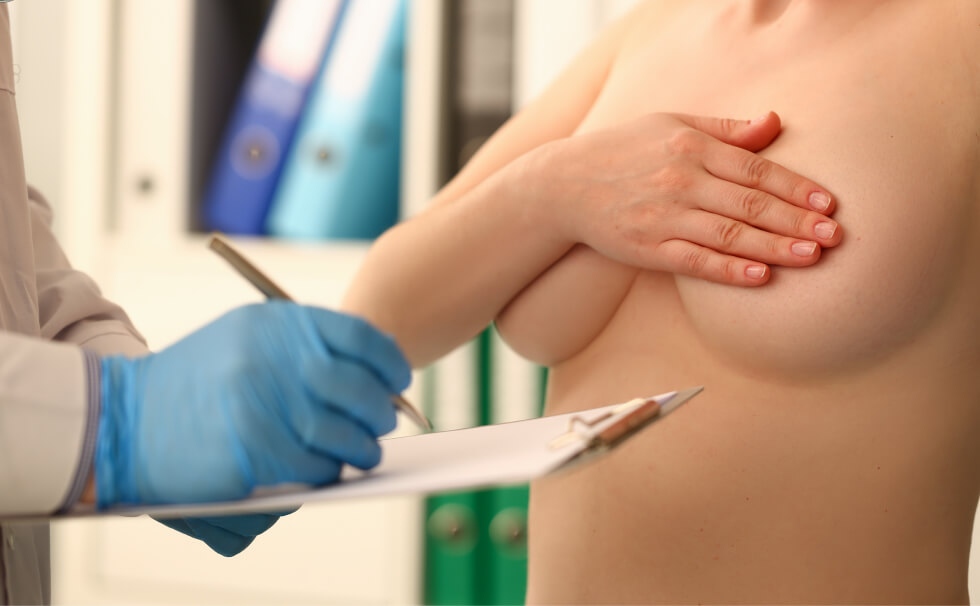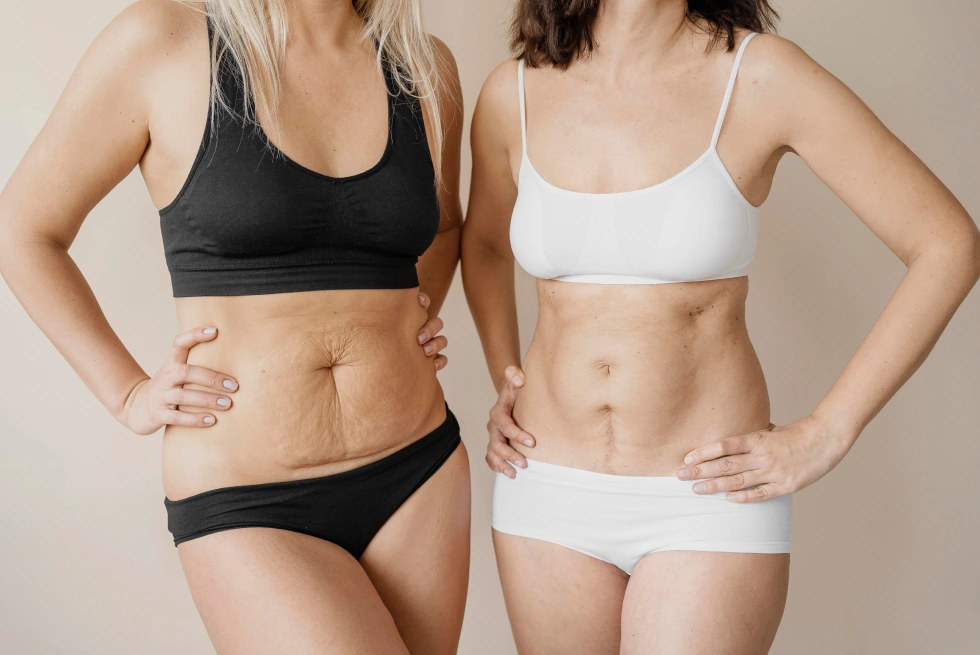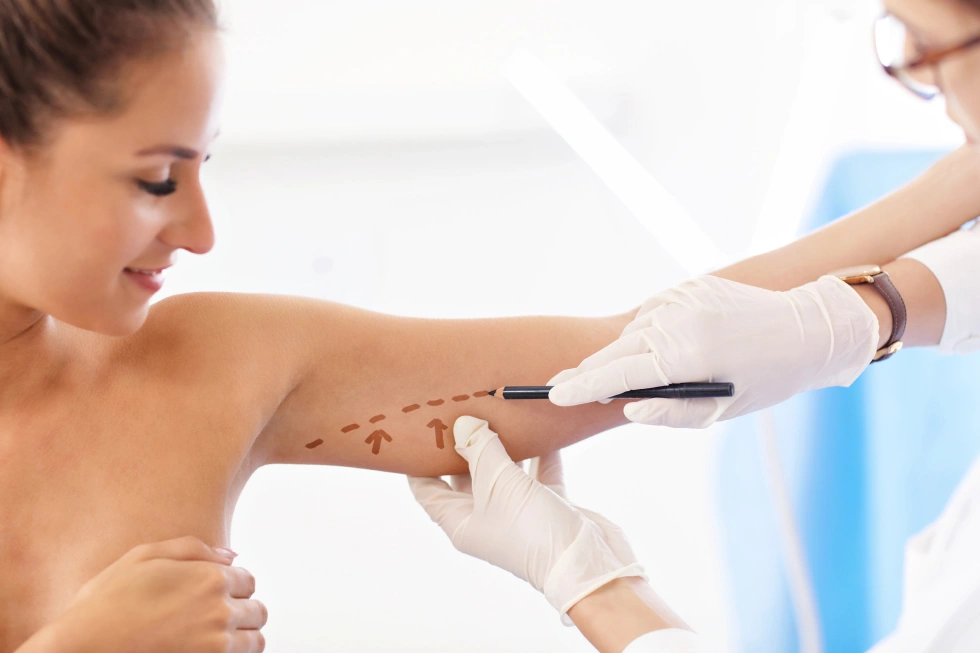Understanding Fat Transfer to Breast and its Longevity
Fat transfer to the breast, also known as autologous fat grafting, has become a sought-after alternative to implants for individuals desiring a more natural enhancement. By using a patient’s own fat cells, this procedure offers a subtle, organic look and feel, appealing to those interested in a less invasive approach to breast augmentation. However, one question often arises: how long do the results last? Unlike implants, fat transfer relies on living cells, which adds a unique complexity to the outcome.
For those considering this procedure, understanding the factors influencing fat cell survival—such as the body’s metabolic rate, lifestyle choices, and adherence to post-care instructions—is crucial. At RAM Plastic Surgery, our focus is not only on delivering natural-looking results but also on educating patients about the longevity of fat grafting outcomes, empowering them to make informed decisions. By exploring how long fat transfer results last and what can impact them, patients can better understand if this technique aligns with their personal goals.
What is Fat Transfer Breast Augmentation?
Fat transfer breast augmentation is a procedure that uses a patient’s own body fat to enhance breast volume and contour, creating a natural look and feel. Unlike traditional implants, which rely on synthetic materials, this method involves harvesting fat cells from areas with excess—such as the abdomen, thighs, or flanks—and carefully injecting them into the breasts. The result is a subtle, soft enhancement that adds fullness without altering the overall body balance.
The process begins with liposuction to remove fat from selected areas, which is then purified to isolate viable fat cells. These cells are injected strategically into the breast tissue to achieve the desired shape and volume. Because it uses the body’s own fat, this approach is particularly attractive to individuals who prefer organic, minimally invasive options and are looking for modest volume increases.
This technique also provides the added benefit of body contouring, as the liposuction process removes fat from areas that patients may want to slim down, making it a comprehensive approach to body sculpting and enhancement. Ideal for those seeking a natural, understated enhancement, fat transfer breast augmentation allows for a personalized result that blends seamlessly with each individual’s body.
Factors That Affect Longevity of Fat Transfer Results
The longevity of fat transfer breast augmentation results depends on various factors that influence how well the transferred fat cells survive and adapt within the new area. Since fat transfer uses living cells, the process differs from traditional implants, making it essential to understand how different elements impact the durability of results:
- Body’s Natural Metabolism: Higher metabolic rates can break down fat cells more quickly, which may affect the longevity of results, especially for individuals with faster metabolisms.
- Surgeon’s Technique: Proper harvesting, purification, and injection techniques are crucial for maximizing fat cell survival. Experienced surgeons can enhance the survival rate of fat cells, promoting longer-lasting outcomes.
- Post-Procedure Care: Adhering to post-care guidelines is vital. Patients are typically advised to avoid pressure on the breasts for several weeks, as compression can impact fat cell integration.
- Weight Stability: Weight fluctuations can affect fat cells in the breast area just as they do in other parts of the body. Maintaining a stable weight helps preserve the transferred fat cells and keeps the results consistent over time.
- Lifestyle Choices: Healthy lifestyle habits, such as a balanced diet, hydration, and avoiding smoking, support fat cell health. Smoking, in particular, restricts blood flow, which can impede fat survival.
Understanding these factors allows patients to make lifestyle adjustments and follow post-operative care recommendations, which contribute to achieving lasting results from their fat transfer breast augmentation.
Fat Transfer vs. Implants – Which Lasts Longer?
When comparing fat transfer to implants for breast augmentation, longevity is a key consideration for many patients. Traditional breast implants, whether saline or silicone, are designed to be durable and generally maintain their shape for 10 to 20 years. However, implants are not considered lifetime devices and may eventually require replacement due to factors such as wear, shifting, or personal preference for size changes.
In contrast, fat transfer uses the patient’s own fat cells, which means that the results are highly dependent on fat cell survival. After the procedure, around 60-80% of the transferred fat cells typically survive in the new area. Once these cells are established, the results can be quite long-lasting, provided the patient maintains a stable weight and healthy lifestyle. Unlike implants, fat transfer results change naturally over time, as the fat cells respond to body changes, such as weight fluctuations or aging.
While implants offer a predictable volume and shape, fat transfer offers a more organic result that integrates naturally with the body. However, for patients looking for a more dramatic or long-term enhancement with minimal maintenance, implants may be the better choice. For those prioritizing a natural look and feel with the added benefit of body contouring, fat transfer can provide subtle, lasting results that evolve with the body’s natural shape over time.
Tips for Maintaining Fat Transfer Results
To help ensure the longevity of fat transfer breast augmentation, following specific post-procedure guidelines and lifestyle habits can support the survival of transferred fat cells and maintain results over time. Here are some essential tips:
- Maintain a Stable Weight: Significant weight fluctuations can impact fat cells, including those in the breasts. Keeping a stable weight helps preserve the fullness and shape achieved through fat transfer.
- Avoid Compression: For several weeks after the procedure, avoid pressure on the breasts, including sleeping on your stomach or wearing tight bras, as compression can affect fat cell integration.
- Stay Hydrated: Proper hydration supports cellular health and blood flow, which can positively influence the survival of transferred fat.
- Follow a Healthy Diet: A balanced diet rich in nutrients helps keep fat cells healthy, while extreme dieting can cause volume loss in the transferred fat.
- Refrain from Smoking: Smoking restricts blood flow, which can compromise fat survival. Avoiding smoking both before and after the procedure supports better long-term results.
- Exercise Moderately: While staying active is beneficial, avoid high-impact exercises that could jar the chest area for the first few weeks post-procedure to allow the fat cells to establish themselves securely.
By incorporating these practices, patients can enhance the durability of their fat transfer results and enjoy a fuller, natural look for years to come.
Is Fat Transfer to Breast Right for You?
Fat transfer to the breast can be an excellent option for individuals seeking a modest increase in volume with a natural look and feel. This technique is well-suited for those who prefer using their own body fat rather than implants and desire subtle enhancement rather than dramatic changes. Ideal candidates are generally in good health, have adequate fat stores in areas such as the abdomen or thighs, and maintain a stable weight.
Additionally, individuals who prioritize minimal scarring and body contouring benefits often find this approach appealing, as it combines volume enhancement with liposuction. However, those seeking a more substantial size increase may benefit more from traditional implants. Consulting with an experienced provider can help determine if fat transfer aligns with your body goals and expectations, providing personalized guidance on the best approach for your unique needs.
Conclusion
Choosing the right breast enhancement option is a personal journey, and understanding the nuances of fat transfer versus implants can help you make an informed decision. Fat transfer offers a natural, organic look that evolves with the body over time, making it an appealing choice for those who desire subtle, lasting results without synthetic materials. While implants can provide a more dramatic, predictable size increase, fat transfer combines gentle enhancement with body contouring, using your own fat for a natural feel.
At RAM Plastic Surgery, we prioritize patient education and individualized care, helping you explore options that best align with your aesthetic goals and lifestyle. If you’re ready to learn more about fat transfer breast augmentation and discover if it’s the right choice for you, we invite you to visit us or call 312-337-3010 to schedule a personalized consultation. Let us help you achieve your vision with confidence and care.







